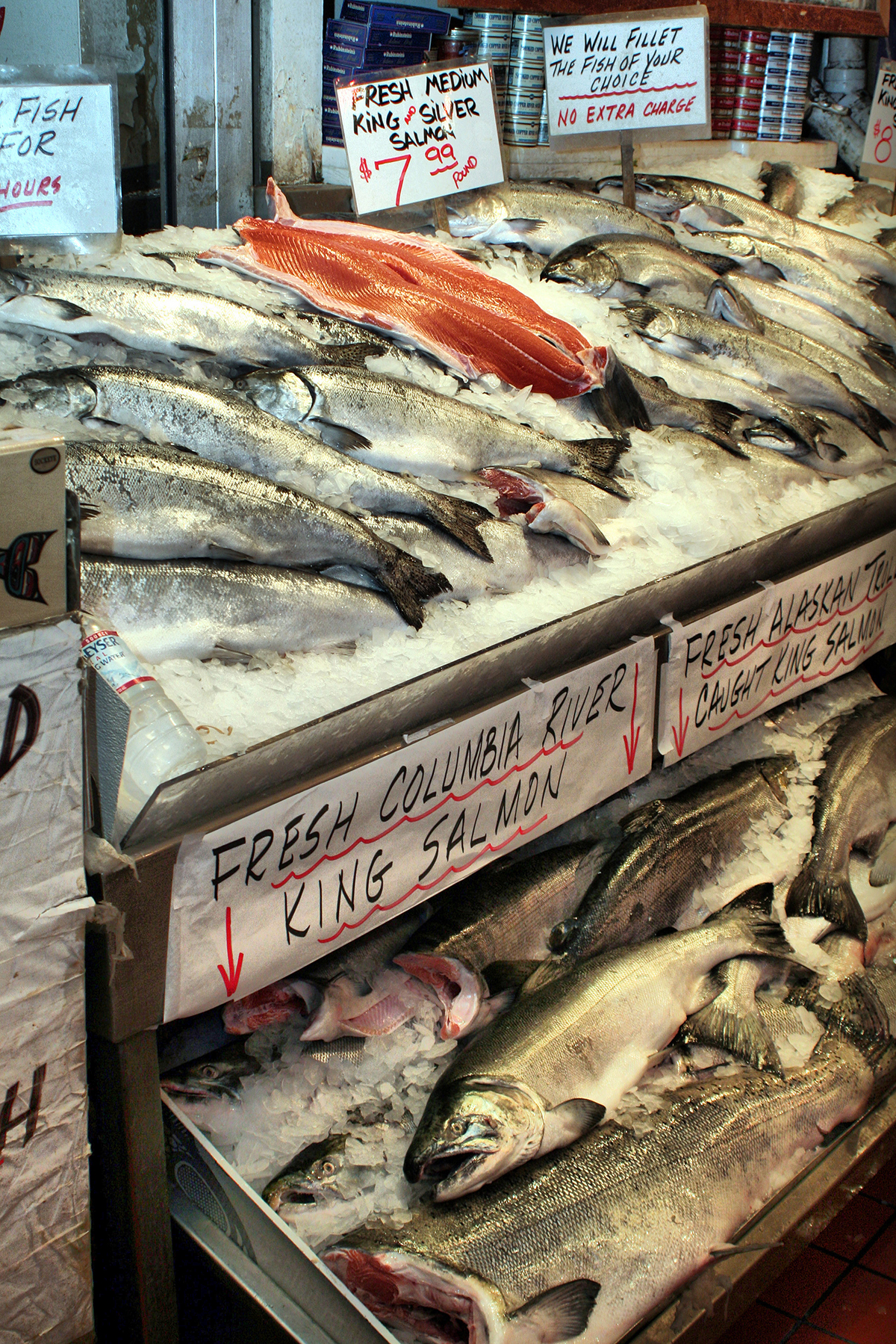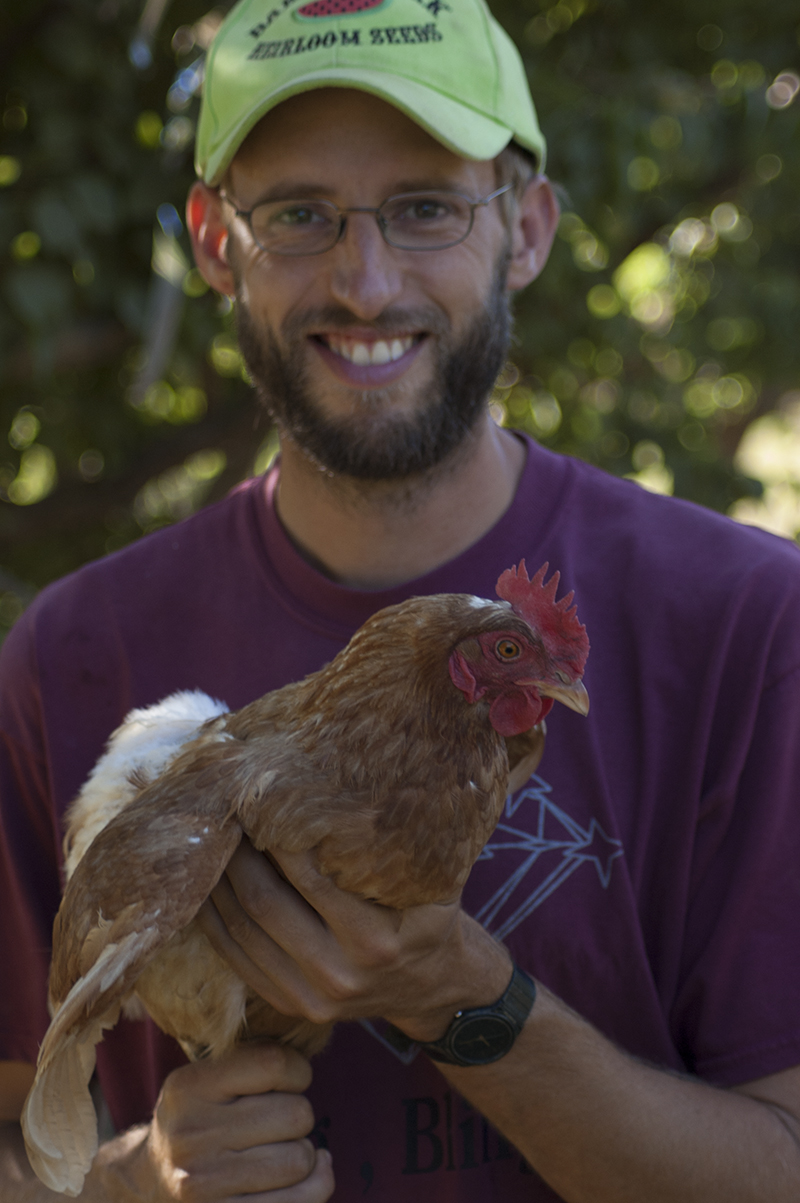Sasatorn Ponguranakit was working three different shifts at Thai restaurants in and around Seattle when she noticed a problem: Her restaurants were running out of coconut ice cream. The source of the problem was half a world away.
The 2011 monsoon season in Thailand had caused flooding unlike the world had ever seen. According to the World Bank, the 2011 Thai floods were the fourth costliest world disaster in history, after the 2011 and 2005 Japanese earthquakes and Hurricane Katrina. These floods damaged factories and halted the import of Thai coconut ice cream here in Seattle for about seven months. It was during that time that Ponguranakit, who goes by Pink “because it is easier to pronounce,” bought a one-quart Cuisinart home ice-cream maker and began to experiment after work. Pretty soon she had a great product.
“The restaurants where I worked started serving my ice cream,” Pink says, “and then word got out in the Thai community.” By January 2012, Pink and her husband Brady Dibble had a business license and were supplying Pink’s Coconut Ice Cream to many Thai restaurants in town.
As business picked up, Pink and Dibble rented a commissary kitchen in Ballard. Yet even with the extra freezer space, they quickly realized that they needed some specific equipment: a commercial ice-cream maker that didn’t take 40 minutes per quart, as Pink’s food processor did, and a hardening cabinet, a super-freezer that reaches -30 degrees and hardens the ice cream right after you make it.
“The smallest commercial ice-cream maker is six quarts,” Dibble says, “and it costs $10,000.” The couple wasn’t sure six quarts would be enough, though. “But the next biggest model,” Dibble says, “costs $30,000.” They decided six quarts would have to be enough.
But shortly after the equipment arrived, they hit a wall. The Thai restaurants Pink was supplying cancelled their orders. Even though the restaurants admitted that Pink’s coconut ice cream was better and even cheaper, King’s Oriental, Seattle’s dominant distributor of Thai food, started carrying coconut ice cream again. It was simpler, Pink’s clients said, to receive all their supplies from one distributor. Suddenly Pink’s Ice Cream had no buyers.
“So I thought,” says Dibble, “if the restaurants want to deal with one distributor, then we’ll develop a relationship with the distributor and sell Pink’s Ice Cream that way.” Dibble approached King’s Oriental. They told him to come back in a year, when they’d had a chance to sell off the entire shipping container of imported coconut ice cream they had sitting in their International District warehouse.
All this time Pink was still working her three waiter jobs, often serving her own ice cream. “Guests would say, ‘Oh, my God, this is the best coconut ice cream I’ve ever had. Where can I get this?’ ” Pink says. “And I’d say, ‘From me.’ ”
One morning Pink and Dibble were having coffee at Herkimer in Greenwood, trying to figure out what to do next. On a whim they stopped by nearby Ken’s Market and approached the manager. He said to bring some samples. By summer, Pink’s Ice Cream was available at Ken’s Market and the Fremont Sunday Farmers Market. “Every week we tested new flavors and worked on our packaging and accounting,” Dibble says.
By the end of the summer, Pink dropped her traditional “American” ice-cream flavors, like rum raisin, coffee, and chocolate, and focused on the lighter texture and Asian flavors she remembered getting in Thailand as a kid—not just coconut, but mango, toasted black sesame, Thai tea, taro, red bean, and durian, always from whole, fresh fruits.
“Durian, especially, is a risk. Some people love it, and some people really hate it,” Pink says. “In Thailand, durian is very valued. People—not rich people—will pay the equivalent of $300 for a whole durian during the season.” But here durian is often stigmatized by its reputation as a smelly fruit. “So I was terrified that someone who doesn’t like durian would only taste one flavor and think, ‘Eeew, Pink makes stinky ice cream.’ ” She smiles. Pink and Dibble decided to put a disclaimer on the label: “Warning: Extremely Pungent. Not for Durian Virgins.”
Pink is passionate but practical about trying new flavors. “New flavors require an investment. The cost of time and testing and ingredients and pint cups, getting new labels printed, bar codes made, and nutrition facts done,” Dibble says, “is significant. And we have to look at sourcing, and back up sourcing. When you add all the pennies up, a new flavor can cost as much as $2,000 to develop and secure.”
Supply-chain problems created a business opportunity for Pink, but Pink and Dibble don’t want their business to suffer because they can’t get ingredients, so they source their dairy locally. Some ingredients are trickier, though.
”Once our mangos had an issue with customs, so we had to scramble to find another source.” The couple is currently scoping out more “transparent” sources; specifically, they want to ensure that they’re getting fruits that aren’t GMOs—genetically modified organisms—which is increasingly important to customers.
Pink now sells her ice cream at Uwajimaya in Seattle, Renton, and Bellevue; Central Co-op on Capitol Hill; Ken’s Market and HT Oaktree Market in Greenwood; and Viet Wah in Renton and South Beacon Hill. You can also find her at the U District Farmers Market on Saturdays and the Fremont Farmers Market on Sunday, where she tries to test new flavors every two weeks. New this season is Black Sesame. “Way better,” Pink says, “than peanut butter and chocolate.” And based on a Twitter follower’s request, they’re working on a kale ice cream (hmmm . . . ) that Dibble says may include a hint of ginger.
food@seattleweekly.com







